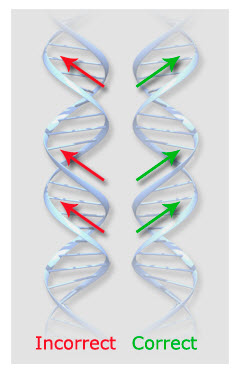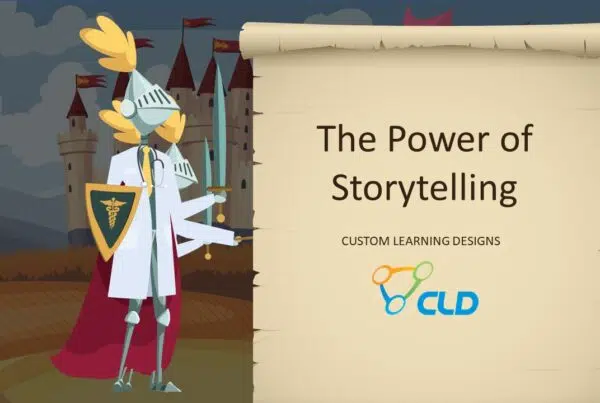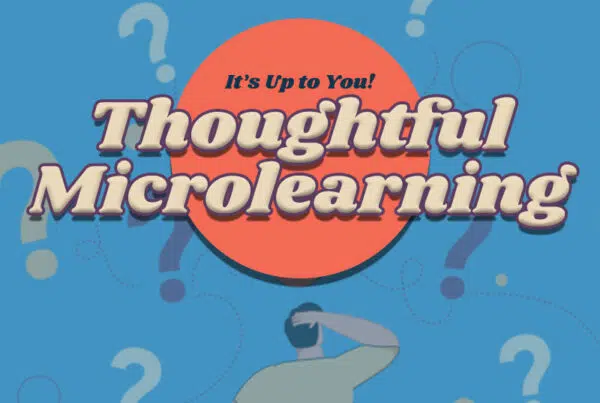By Tasha José, Biomedical Visualization Specialist

Why is it important to have biomedical visualization specialists involved in developing your product and disease state sales training programs? We create and evaluate graphics in ways that you might not even consider by analyzing both scientific accuracy and aesthetics.
Is that DNA twisting the correct way, and should it be lower to balance the composition? (DNA should be turning to the right—never flip a DNA image!) Does that anatomical diagram have good color saturation, and are the kidneys at the correct level? (The kidneys should be around L1, but the left kidney should be a bit higher.) We even make sure that the histological background texture on your training module cover is used in the proper context.
Even in the early stages of your program development, the biomedical visualization specialists and the rest of your project team will help you choose graphic formats that will work best for your program. They will consider content, culture, timeline, and budget. Determining how the graphics will be distributed, like in a slide presentation or for mobile devices, is also important. One style that you may hear about is two-dimensional vector, often used for diagrammatic figures, which can easily be updated, repurposed, and reworked into higher-end airbrushed 2-D illustrations and animations. 2-D airbrushed graphics are a good choice for instructional medical animations because the graphics are rich and simulate 3-dimensions, but can be developed in a timely manner. This style also works well for teaching purposes and integrates seamlessly with photos and patient case studies.
Due to longer development time frames and higher production costs, you may want to limit 3-D animation to where it would have the most impact, such as for the mechanism of action in the featured product. Alternatively, biomedical visualization specialists may utilize some 3-D elements in their 2-D animations to help enhance the realism.
No matter the style and format of illustration used in your training program, you can rest assured that CLD’s biomedical visualization specialists will develop medical graphics that are instructional, visually dynamic, and accurate.






